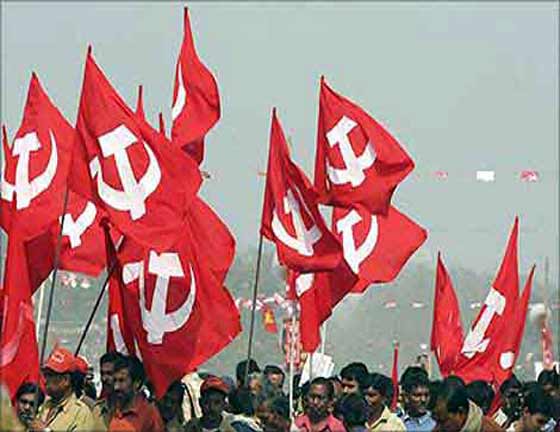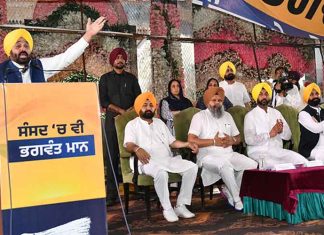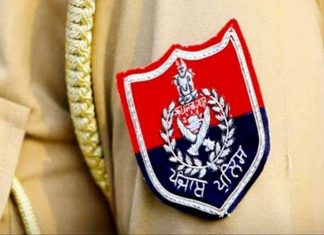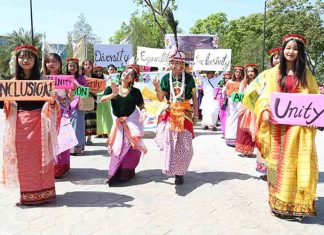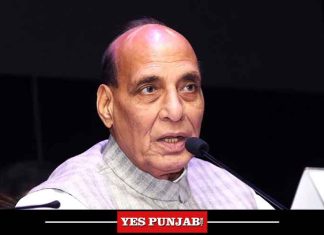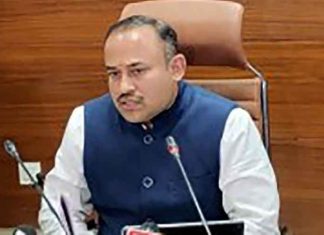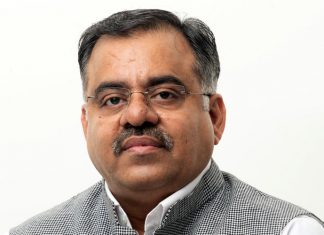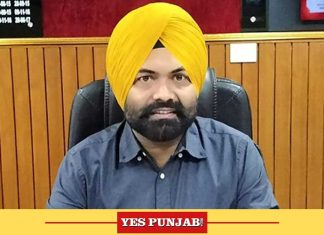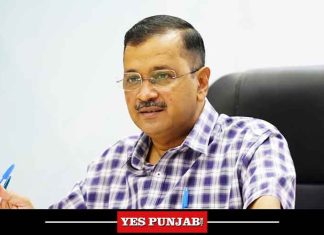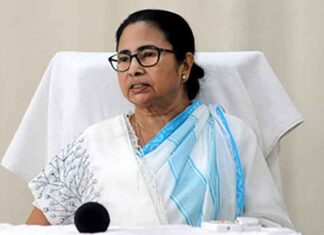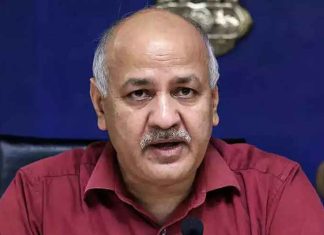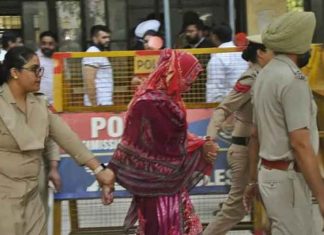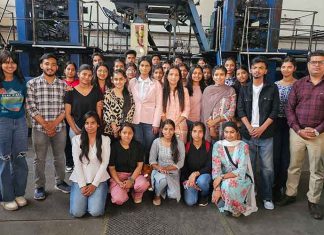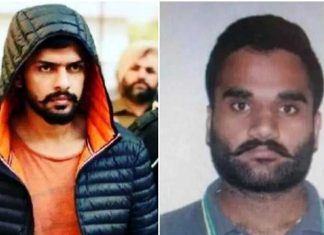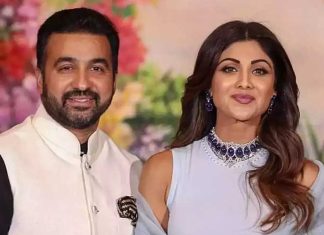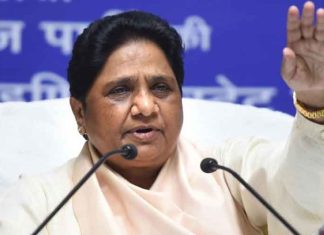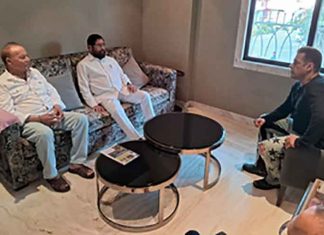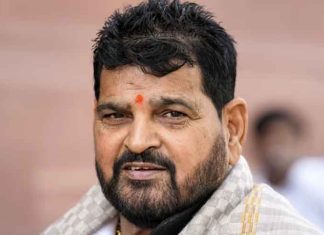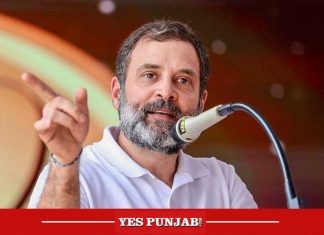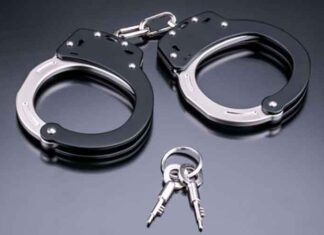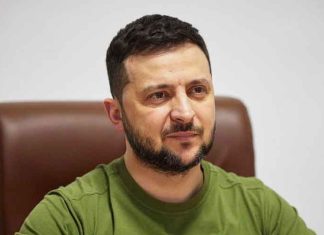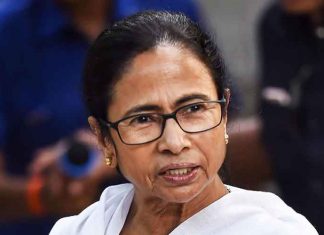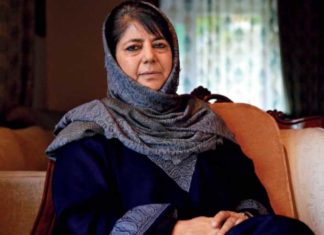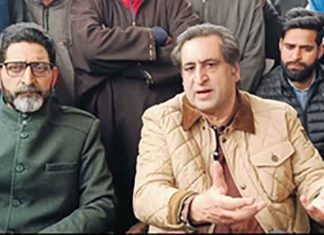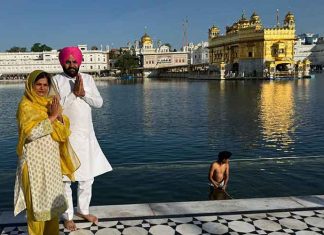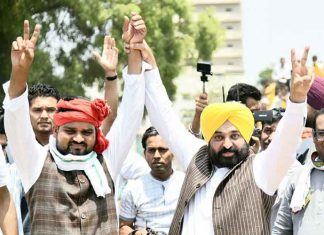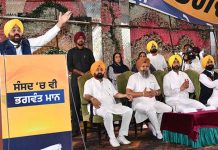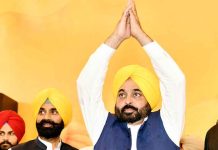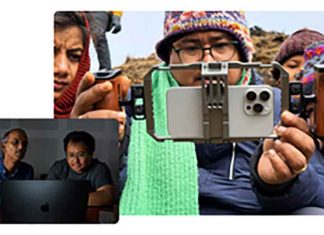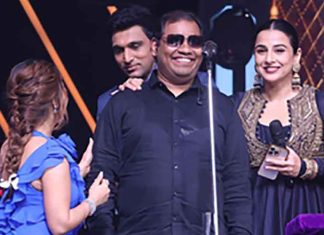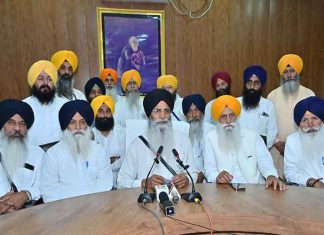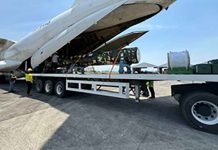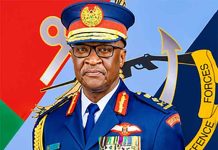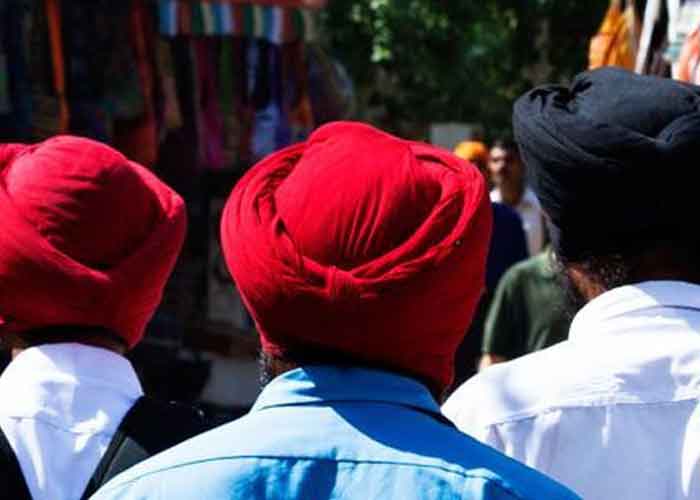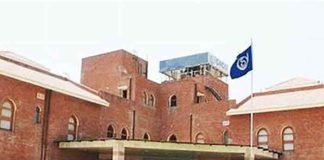By : K S Chawla
Has the left front been decimated in Punjab? There has been no presence of the Left in Punjab for the past more than a decade in the Lok Sabha or the Punjab Vidhan Sabha. The leaders of the left parties are confident that there will be a revival of the left front in Punjab very soon and the process has already been started by them by participating in the Punjab Vidhan Sabha election on February 4, 2017.
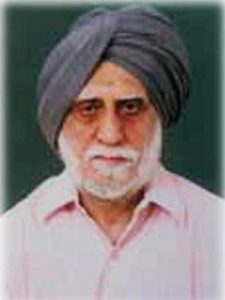 With the growing resentment against the Shiromani Akali Dal in the rural areas, the left is bound to bounce back, they claim. At the same time, they do admit that the left movement has received a setback in the past due to the differences among the left parties and the temptations given to the youth by the Akali Dal.
With the growing resentment against the Shiromani Akali Dal in the rural areas, the left is bound to bounce back, they claim. At the same time, they do admit that the left movement has received a setback in the past due to the differences among the left parties and the temptations given to the youth by the Akali Dal.
This writer who has been keeping a track of the growth of the left movement in Punjab recalls that in the sixties and seventies, the left movement was very strong in the state particularly among the youth (students) and the rural peasantry – both poor and rich.
The naxalite movement was also quite visible during this period in Punjab. It was in October, 1972 when the Punjab state witnessed the real strength of the student organizations affiliated with the left parties. In October 1972, there was a clash between the students and the police in Moga at a cinema house. Five students were killed in the police firing and the Punjab Students Union was under the influence of the naxalities. For three days, there was complete rule of the students and it looked as if the Congress Government led by Giani Zail Singh would fail to control the situation. Zail Singh Government was hardly six months old. The student organizations of the other left groups like SFI (CPM) and AISF (CPI) also joined the agitation. The students agitation in the state continued in various educational institutes till 1978 when Prithipal Randhawa was killed in Ludhiana by his rivals in the PAU. The Moga cinema has not been opened since 1978 incident.
The naxalite movement in Punjab witnessed a surge in its activities in the 1966-67 to 1970. It was in 1970 that Bujha Singh, the founder of the naxalite movement in Punjab was killed in an encounter by Jalandhar police. Similarly many more naxalites were killed in encounters in Punjab.
Punjab was being ruled at that time by Parkash Singh Badal as first time Chief Minister of Punjab after the ouster of Justice Gurnam Singh as Chief Minister. Police atrocities were on the rise against the naxalites in the area of Malwa region particularly in the districts of Sangrur, Mansa and Faridkot. It was at village Daddahur in Sangrur district that the police committed unlimited atrocities and almost the entire village was evicted by the police. The Punjab police then was headed by Ashwani Kumar as IG Police Punjab.
Since the Congress party in Punjab was becoming weak and unpopular, in the 1967 elections to Vidhan Sabha, first non-Congress government under the leadership of Justice Gurnam Singh, a retired judge of Punjab High Court and a nominee of the Akali Dal was formed.
In this first non-Congress government, besides Akali Dal, left parties-CPI and CPM, JanSangh, Socialist Party and Republican Party of India also participated. Comrade Satpaul Dang a popular trade union leader of Amritsar and Dr. Baldev Parkash of Jansangh were also inducted in the ministry. The left parties were a force to reckon with at that time and no political party could ignore them.
All the naxalite groups namely Charu Majumdar, Kanusanyal, Satya Narain Sinha and Naga Reddy who were active at the national level had their presence in Punjab.
At one time, left parties had eight legislators in Punjab in alliance with the Akali Dal and at another time three legislators.
However, later on the left parties decided to fight on their own strength. The last two members of parliament of the CPI were elected from Bathinda (Bhan Singh Bhaura) and Teja Singh Swatantor from Sangrur. Later Bathinda Lok Sabha seat was made reserve seat in place of Faridkot which used to be the bastion of Parkash Singh Badal.
The left movement in Punjab received setback with the arrival of militancy in 1980. There is no doubt that a number of very senior leaders and active workers of the left parties were gunned down by the militants, but the cadres of the left parties put up a very brave fight against the militants. In fact, only the left parties could fight them (militants) in the rural areas and other political parties of Punjab always remained under fear of the militants. The period from 1980 to 1992, in Punjab was of great turmoil when thousands of innocent people were slain by the militants. It was in 1992, the militancy was curbed when Beant Singh of the Congress became Chief Minister of Punjab in the wake of a boycott of the Vidhan Sabha elections in 1992 by the Akali Dal. Beant Singh died while fighting against the militancy on August 31, 1995 in a bomb blast in Chandigarh.
The left movement in Punjab also received setback when differences among the top leaders of the Communist Party of India (Marxist) developed and many leaders were expelled or some left the party following ideological differences with leaders like Harkishan Singh Surjeet, who became the secretary general of the CPM. It may be mentioned here that at one time Harkishan Singh Surjeet was very close to the Akali Dal and he was considered as ‘braintrust’ of the Akali Dal. It was Harkishan Singh Surjeet who helped the Akali Dal in modifying the Anandpur Sahib resolution which was passed by the All India Akali Conference held at Ludhiana in October 1978. The Janata Party President the late Chander Shekhar had also participated in this conference. By October, 1978, Sant Jarnail Singh Bhindranwale had also come into limelight after the April 13, 1978 episode of Amritsar in which thirteen Sikhs were killed in a clash between the Akhand Kirtani Jatha followers and Nirankaris.
After the death of Beant Singh, Congress became weak in Punjab and in December 1996, Akali Dal and BJP announced their alliance in the presence of Atal Bihari Vajpayee and Madan Lal Khurana who was Chief Minister of Delhi and was instrumental in making the alliance possible. SAD-BJP alliance has worked in Punjab since then.
During the two terms of the SAD-BJP rule in Punjab, the youth in Punjab weaned away from the left by the Akali Dal who offered a number of temptations to them including some positions in the government and the youth wing of the Akali Dal was also strengthened. Besides, Sukhbir Badal who became President of the Akali Dal and also Deputy Chief Minister floated a youth organization known as SOI (Student Organisation of India) in which all sorts of youth were inducted. The rural youth in particular was attracted to the (Nambardari) offered by the Akali Dal. This gave a big setback to the youth having affiliation with the left groups.
But due to the alleged unlawful activities of the youth supported by the ruling clique and addiction to the drug power, and unemployment, once again the youth has started thinking of its future. It was this thought of their future that the Aam Aadmi Party could lure the youth to its fold. During the February 4, 2017 Vidhan Sabha polling, the youth has worked for the AAP with the hope that they would provide jobs and the general atmosphere of the state would improve.
The left groups in Punjab have also tried to make use of the prevalent situation in Punjab and are trying to make inroads in the rural Punjab and revive their mass base among the Dalits and rural poor particularly the khet mazdoors.
Mangat Ram Pasla, national General Secretary of the Revolutionary Marxist Party of India tells me that the left morcha consisting of four groups put up 52 candidates for the Vidhan Sabha polls.
According to Pasla, the four groups are CPIML (Liberation), CPM, CPI and RMPI. CPM (Liberation) had put up candidates, RMPI-13 and CPI 27 and CPM 12 respectively. There was very good response from the people.
Asked if the left morcha in Punjab was dead, he emphatically said, No. The left morcha will come up on the Punjab scene very soon and there were very burning issues which would attract the youth and the dalits to the left groups.
Tarsem Jodhan former MLA (CPM) and active trade unionist who had a narrow escape during the militancy as his car was blasted by the militants and survived the attempt, says that there was a need to build a left led morcha against the drug addiction in Punjab and students and youth should be organized against the drugs and the increasing lawlessness in Punjab.
Dr. Arun Mitra, Assistant Secretary of the Punjab CPI also maintains that the left front is not decimated in Punjab but admits that it has grown weak. There is a strong need to revive the left to fight radical and communal forces. He is of the view that the left morcha should have been formed a year ago.
The left will also try to organize the peasantry as at present the condition of the farmers in Punjab is pitiable and the farming community is leaderless. There are more than half a dozen Bharati Kisan Unions (BKUs) in the state. BKU led by Ajmer Singh Lakhowal is considered the oldest, but he has joined hands with Badals and enjoyed the chairmanship of the Punjab Mandi Board for ten years. There are some left oriented BKU also.
K S Chawla is a senior journalist based at Ludhiana.
Can be reached at : [email protected]
Mobile : 99886-44244



